Saturday marks the 30th anniversary of German reunification.
Did you that Germany had to sacrifice its national currency for it?
Let’s look back at the fateful decisions leading to the Euro, a secretive project driven by much political interest and little economic reason. https://abs.twimg.com/emoji/v2/... draggable="false" alt="👇" title="Rückhand Zeigefinger nach unten" aria-label="Emoji: Rückhand Zeigefinger nach unten">
https://abs.twimg.com/emoji/v2/... draggable="false" alt="👇" title="Rückhand Zeigefinger nach unten" aria-label="Emoji: Rückhand Zeigefinger nach unten">
Did you that Germany had to sacrifice its national currency for it?
Let’s look back at the fateful decisions leading to the Euro, a secretive project driven by much political interest and little economic reason.
1/When asked about critical factors contributing to the German reunification in 1990, historians often point to the courage of East German civil rights movements, the decay of the Soviet Union & strong political will of West German Chancellor Helmut Kohl.
2/Few people know that giving up the D-Mark - a source of national pride & worldwide admired for its stability - was a concession Kohl had to make to his French counterpart Francois Mitterrand to reunify the Communist Eastern part with the Capitalist Western part of Germany.
3/Up until today, key architects of the reunification process like then-Interior Minister Wolfgang Schäuble & then-Finance Minister Theo Waigel vigorously deny any trade-off between reunification & abandoning the German’s beloved Deutschmark in favour of the unpopular Euro.
4/But former Bundesbank President Karl Otto Pöhl said the Euro would not have come without German reunification & vice versa.
And Mitterrand advisor Hubert Védrine said the French wouldn& #39;t have accepted unification unless coupled to a monetary union & single currency.
And Mitterrand advisor Hubert Védrine said the French wouldn& #39;t have accepted unification unless coupled to a monetary union & single currency.
5/Back in 1989, Western European leaders shared deep concerns that a reunified Germany could once again dominate Europe & change the power balance on the continent, according to declassified files from German, French & British foreign policy archives released in 2010.
6/Just two weeks after the fall of the Berlin Wall in Nov 1989 - today considered one of the most triumphant events in the history of postwar Europe - Kohl announced a 10-point reunification plan without consulting Mitterrand and British Prime Minister Margaret Thatcher.
7/This triggered several private conversations between the British and French leaders, of which memos recount Mitterrand’s concerns that a territorial expansion of Germany would be dangerous for Europe & bring the continent back to where it was in 1913 - the year before WW1.
8/Thatcher herself was well-known for her hostile stance towards Chancellor Kohl and the prospect of a united Germany, despite the fact that the White House strongly supported reunification & the UK foreign office feared the British would end up on the wrong side of history.
9/But why was Mitterrand so strongly against the idea?
After all, both states have undergone deep reconciliation since 1945 & Germany& #39;s military was vastly inferior to pose any serious threats.
Seemingly, his real ambition was to steer Germany into a common European currency.
After all, both states have undergone deep reconciliation since 1945 & Germany& #39;s military was vastly inferior to pose any serious threats.
Seemingly, his real ambition was to steer Germany into a common European currency.
10/Prior to 1989, several attempts to create a single European currency failed, mainly due to colliding interests between high-inflation southern countries & economies with hard currencies like Germany & the Netherlands.
11/After WW2, the independent Bundesbank made building a strong & stable currency its top priority.
Thanks to a postwar economic boom coupled with prudent monetary & fiscal policies, the Deutschmark became a symbol of sound money that Germany would not put lightly at risk.
Thanks to a postwar economic boom coupled with prudent monetary & fiscal policies, the Deutschmark became a symbol of sound money that Germany would not put lightly at risk.
12/After the traumatic experience of two world wars & hyperinflation in the 1920s, Germans became very proud of the D-Mark representing the special values of their country such as stability & prosperity. To this day, billions of bills & coins are still stored in people& #39;s homes.
13/A main issue of the European Monetary System, set up in 1979, was that the Bundesbank followed a much more stable monetary policy than other central banks.
But due to a system of semi-fixed exchange rates, France & others had to submit to the Bundesbank& #39;s policy dictate.
But due to a system of semi-fixed exchange rates, France & others had to submit to the Bundesbank& #39;s policy dictate.
14/The Bundesbank frequently refused to devalue the Mark when other central banks inflated the money supply to finance their government& #39;s deficits. This made it the spoilsport of European inflation games forcing others to slow down the printing press or realign their forex rates.
15/Similarly, every time the Bundesbank raised interest rates, countries with weaker currencies had to follow suit which was inadequate for their inflexible economies.
To avoid the EMS& #39;, forex rates had to regularly realigned making the Mark stronger & other currencies weaker.
To avoid the EMS& #39;, forex rates had to regularly realigned making the Mark stronger & other currencies weaker.
16/Excessive spending programs of the socialist Mitterrand administration in the 1980s brought high inflation & increased the French deficit. The Franc lost around two-thirds of its value against the Mark, so the French people had little emotional attachment to their currency.
17/Against this background, Mitterrand saw a common currency as opportunity to curtail the power of the Bundesbank, spread German prosperity across Europe, collectively defend the new currency against speculative attacks & challenge the international supremacy of the Dollar.
18/So in a historic meeting in early 1990, Mitterrand offered Kohl a deal: France would not obstruct German reunification if Kohl & the German political establishment committed to giving up the powerful D-Mark and replace it with a common European currency.
19/Kohl was well aware that giving up the popular currency would be met with fierce resistance at home. But he did not want to have a second key adversary to his momentous political project after Thatcher has already made her tough stance clear.
20/The only way Kohl could sell the idea of a common currency to the public was on the basis that it would be a European D-Mark with Germany driving the monetary policy. Towards the industry Kohl was arguing that the Euro would lower transaction costs & boost German exports.
21/In the end, the German people were never asked if they wanted to give up the D-Mark and replace it with a new common currency.
Kohl later admitted that he would have never won a referendum on the matter in Germany & that he acted “like a dictator” to get the Euro introduced.
Kohl later admitted that he would have never won a referendum on the matter in Germany & that he acted “like a dictator” to get the Euro introduced.
22/With Mitterrand no longer an obstacle & Thatcher politically isolated, the way was clear for a reunification treaty. On 3 October 1990, the Eastern states merged with those of the Federal Republic of Germany and the country was reunified 45 years after the end of WW2.
23/In 1992, the representatives of 12 countries signed the Maastricht Treaty on the introduction of the Euro. Seven years later, the Euro was launched for accounting purposes in 1999 and finally brought into circulation in the form of coins and banknotes in 2002.
24/Today we know the only thing keeping the Eurozone together is the printing press of the @ECB whose balance sheet runs from one record high to another while interest rates were pushed into negative territory as else the Euro would collapse under a gigantic mountain of debt.
25/TLDR:The Euro was created not for profound economic reasons but to neutralise a stubborn corrective to the monetary excesses of postwar Europe: the Bundesbank & its sharpest weapon, the D-Mark.
30 years later, savers are paying a high price for the @ECB’s disastrous policy.
30 years later, savers are paying a high price for the @ECB’s disastrous policy.
Fin/The good news is that the Euro will go down like all FIAT currencies while #bitcoin  https://abs.twimg.com/hashflags... draggable="false" alt=""> continues to rise, allowing people to opt out from a rotten system of backroom deals & political schemes that traded in a hard currency for yet another inflationary shitcoin.
https://abs.twimg.com/hashflags... draggable="false" alt=""> continues to rise, allowing people to opt out from a rotten system of backroom deals & political schemes that traded in a hard currency for yet another inflationary shitcoin.
Disclaimer: This is not a plea to restore the D-Mark which was an inflationary FIAT shitcoin as well - it was just way less inflationary than all the other FIAT shitcoins.
Happy holidays https://abs.twimg.com/emoji/v2/... draggable="false" alt="🍺" title="Bierkrug" aria-label="Emoji: Bierkrug">
https://abs.twimg.com/emoji/v2/... draggable="false" alt="🍺" title="Bierkrug" aria-label="Emoji: Bierkrug">
@fabthefoxx @danielwingen @MarkusTurm @DennisReimann @bitcoin_der @Goon_34 @GermanHodl @Bitcoinreadyde @MarcAF28 @studentofcycles @0711mark @basti2221 @hashraid @GermanHodl @janpaul_f @btc_v1king @BTCFFM
@fabthefoxx @danielwingen @MarkusTurm @DennisReimann @bitcoin_der @Goon_34 @GermanHodl @Bitcoinreadyde @MarcAF28 @studentofcycles @0711mark @basti2221 @hashraid @GermanHodl @janpaul_f @btc_v1king @BTCFFM
How the ECB impacts savers nowadays: https://twitter.com/HODLdax/status/1298946476446384128?s=20">https://twitter.com/HODLdax/s...

 Read on Twitter
Read on Twitter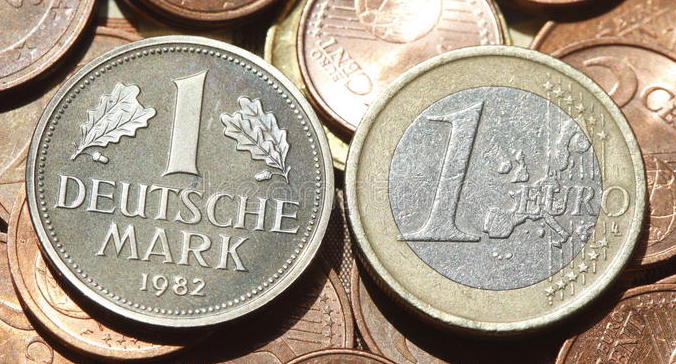 " title="Saturday marks the 30th anniversary of German reunification. Did you that Germany had to sacrifice its national currency for it?Let’s look back at the fateful decisions leading to the Euro, a secretive project driven by much political interest and little economic reason.https://abs.twimg.com/emoji/v2/... draggable="false" alt="👇" title="Rückhand Zeigefinger nach unten" aria-label="Emoji: Rückhand Zeigefinger nach unten">" class="img-responsive" style="max-width:100%;"/>
" title="Saturday marks the 30th anniversary of German reunification. Did you that Germany had to sacrifice its national currency for it?Let’s look back at the fateful decisions leading to the Euro, a secretive project driven by much political interest and little economic reason.https://abs.twimg.com/emoji/v2/... draggable="false" alt="👇" title="Rückhand Zeigefinger nach unten" aria-label="Emoji: Rückhand Zeigefinger nach unten">" class="img-responsive" style="max-width:100%;"/>
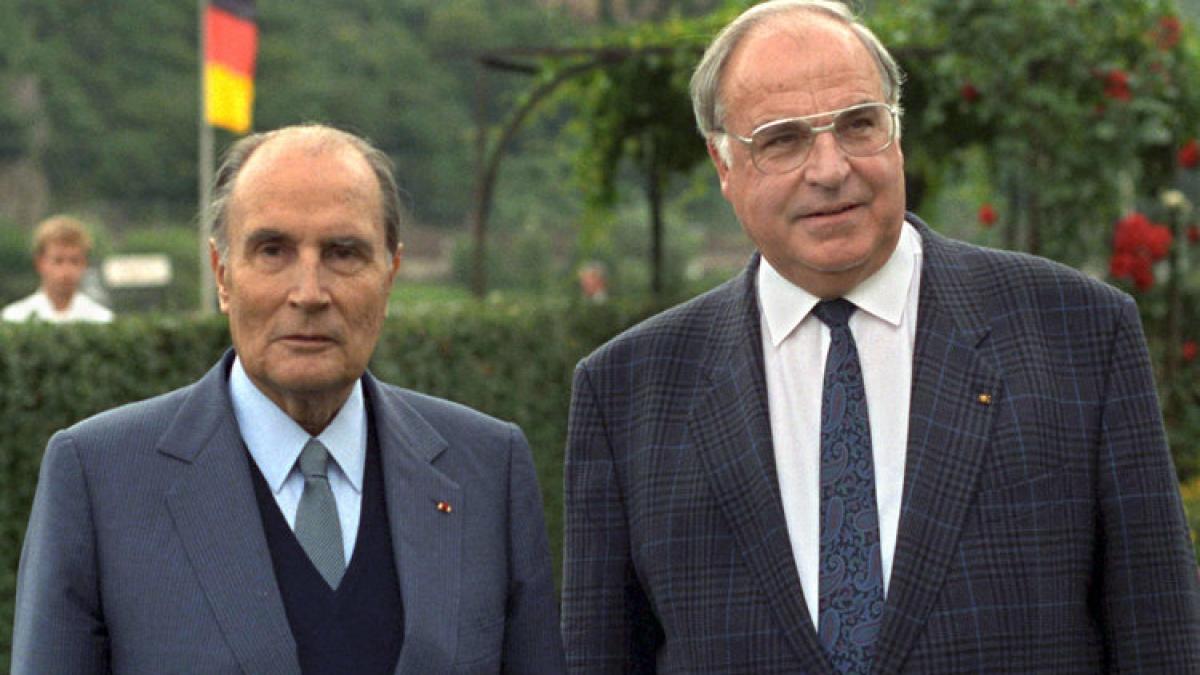

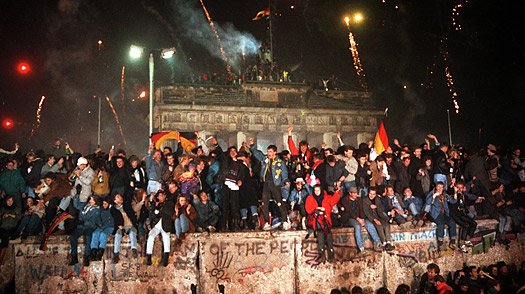
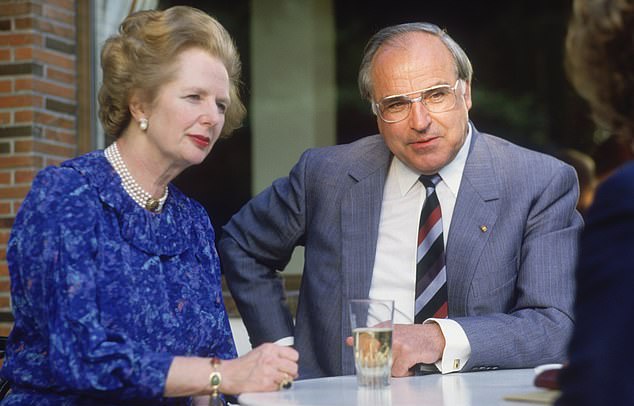

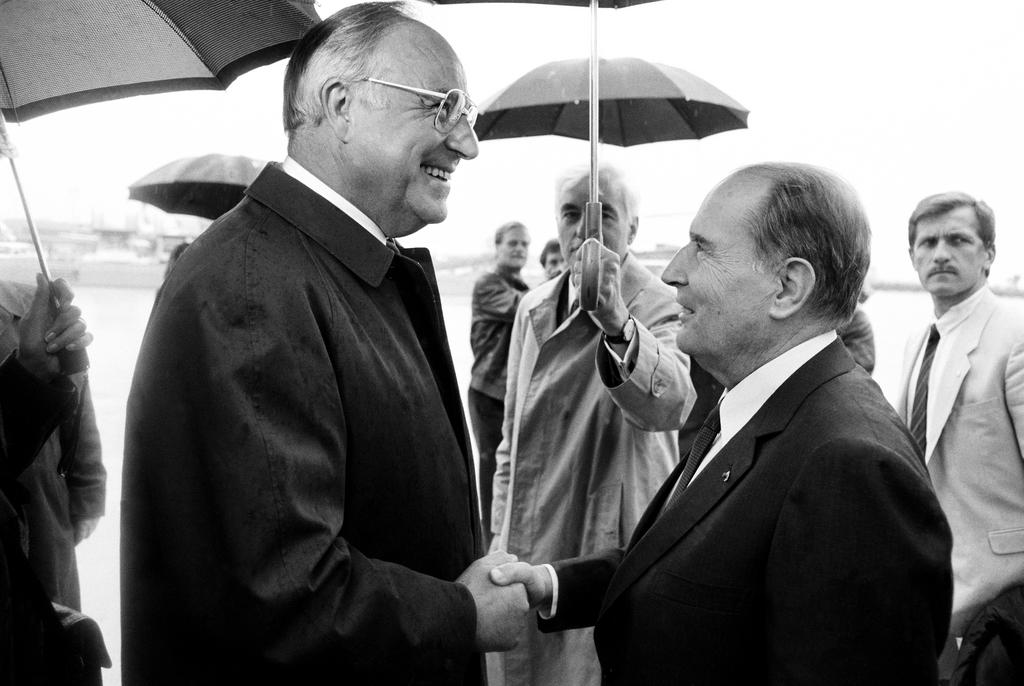
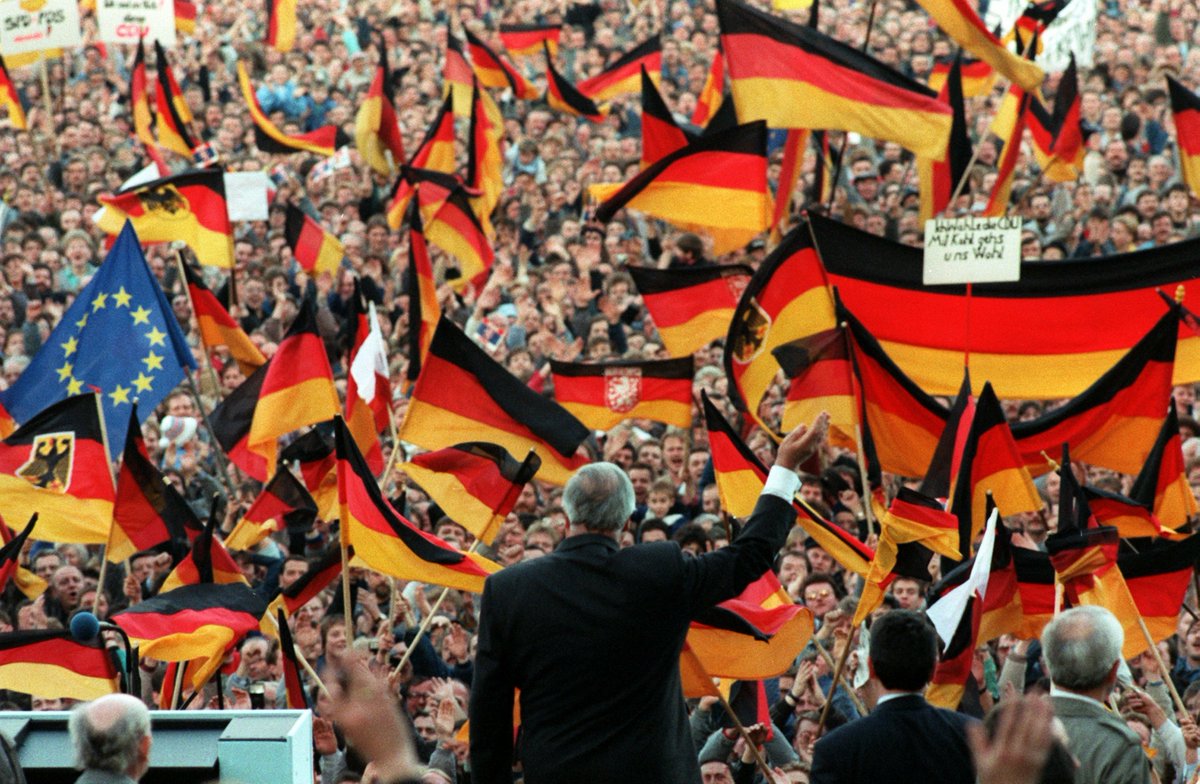
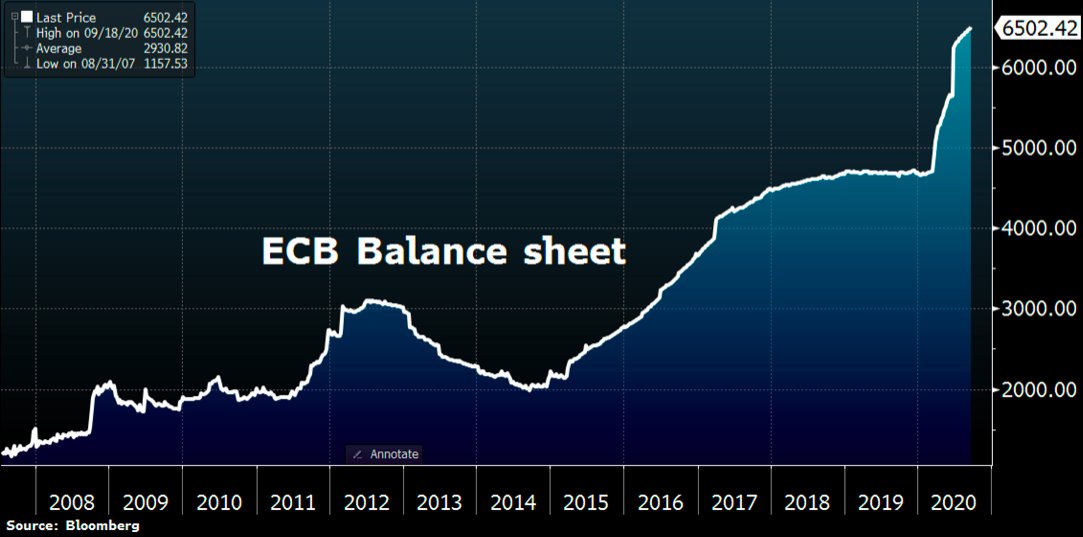
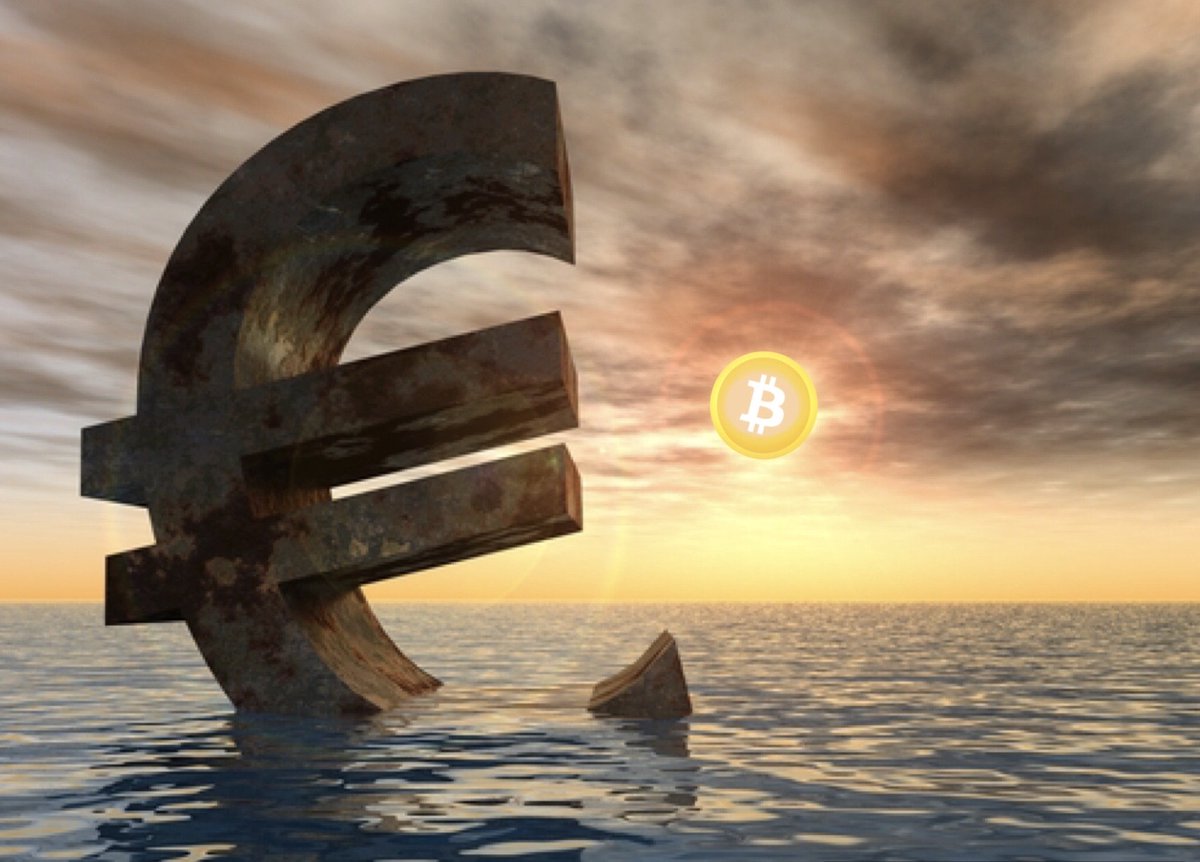 continues to rise, allowing people to opt out from a rotten system of backroom deals & political schemes that traded in a hard currency for yet another inflationary shitcoin." title="Fin/The good news is that the Euro will go down like all FIAT currencies while #bitcoin https://abs.twimg.com/hashflags... draggable="false" alt=""> continues to rise, allowing people to opt out from a rotten system of backroom deals & political schemes that traded in a hard currency for yet another inflationary shitcoin." class="img-responsive" style="max-width:100%;"/>
continues to rise, allowing people to opt out from a rotten system of backroom deals & political schemes that traded in a hard currency for yet another inflationary shitcoin." title="Fin/The good news is that the Euro will go down like all FIAT currencies while #bitcoin https://abs.twimg.com/hashflags... draggable="false" alt=""> continues to rise, allowing people to opt out from a rotten system of backroom deals & political schemes that traded in a hard currency for yet another inflationary shitcoin." class="img-responsive" style="max-width:100%;"/>


